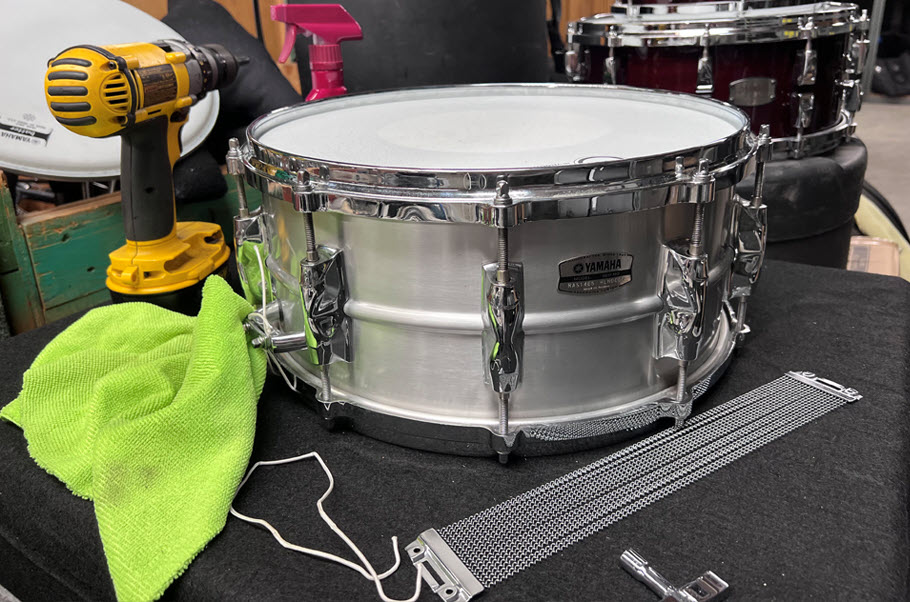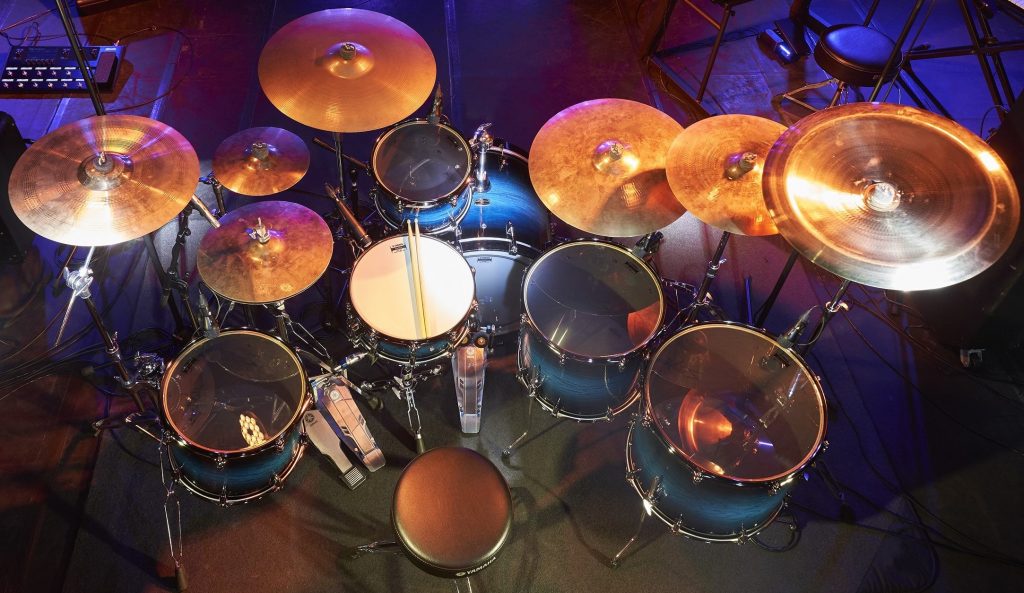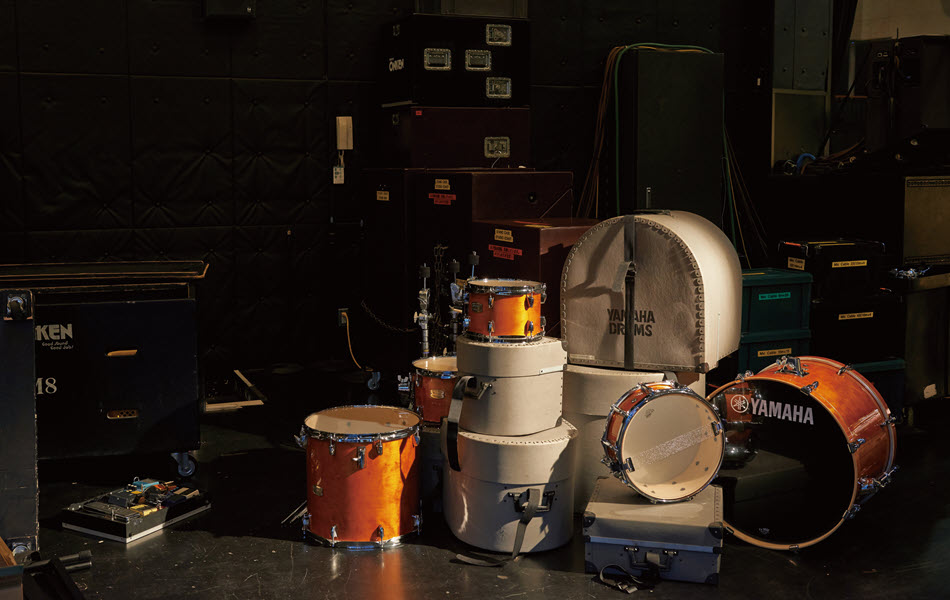How To Get the Most Out of Your E-Drum Metronome
There’s more to a metronome than just a click.

A metronome is the most valuable tool a drummer can have. It’s a huge aid in becoming a good timekeeper, which is, after all, the drummer’s primary job.
Any metronome — even an old-fashioned manual one with a pendulum ticking away — can be used to help you practice at different tempos, and, needless to say, being able to play grooves and fills at all tempos is essential. Start by setting the tempo on your metronome to a relaxed 60 BPM (beats per minute) and then play a basic groove to the click. Gradually increase the tempo by 10 BPM until you reach 200 BPM, or as fast as you can play accurately. As you get more comfortable with this exercise, you can also change up the style of groove you’re playing and add a drum fill every four or eight bars to really challenge yourself.
As you go through the various speeds, you will find that there will be certain tempos that are harder for you to lock in with, especially the slower speeds. Repetition is the key for overcoming these problem spots.
If you’re using electronic drums (E-drums), you may not even realize that there is an onboard electronic metronome on your drum module. There is! And better yet, it’s often programmed with a number of exercises (both basic and advanced) to help you improve your playing. Let’s take a look at four cool E-drum metronome exercises built into the Yamaha DTX402 Series, DTX6 Series, DTX8 Series and DTX10 Series modules.
Measure Break
Rushing or dragging is a common problem for drummers. An effective way of working on consistent timing is with an exercise called Measure Break, which, in addition to the DTX402, is also built into Yamaha DTX-PRO module provided with all DTX6 Series, DTX8 Series and DTX10 Series drumkits. This is one of my favorites because it’s great for practicing grooves and fills at different tempos. In this exercise, the metronome inserts breaks into the click track each time it loops around; your job is to continue to play through the silence until you hear the click again.
Start by setting the total number of measures you want the click to be audible, then select the number of measures you want it to go silent. For example, you could have a four-bar phrase consisting of two bars of click and two bars of silence, or you could set three bars of click and one bar of silence.
As the metronome begins looping, play a basic groove and continue playing through the silent measures. Eventually the click will come back in — right on time — on beat 1 of the next measure. As soon as the click returns, you will instantly know whether you are on the beat, behind the beat or ahead of the beat. If you’re off, don’t stop playing; it’s important that you try to catch up to the click and continue the exercise just as you would if you were playing a song with a band. After all, when you’re onstage, just because you rush a fill doesn’t mean you stop playing!
Check out the video here.
Groove Check
This training exercise (also built into the Yamaha DTX400, DTX700 and DTX900 Seriesmodules) measures how far behind or ahead of the beat your hits are. As you play to the click, Groove Check shows your hits in relation to a perfectly in-time quarter note. If your timing is rushing and you’re ahead of the beat, the hit marks will move to the left. If your timing is dragging and you’re behind the beat, the hit marks will move to the right.
This is also a great tool for learning how to play on top of the beat (if you want the music to feel a bit pushed) or behind the beat (if you want the groove to lay back in the pocket a la Charlie Watts).
Check out the video here.
Tempo Up/Down
Use the Tempo Up/Down exercise to see how fast you can play and still maintain accurate timing. As you play along, the metronome will automatically increase the tempo if your timing is good, but will decrease the tempo if you need more practice playing in time.
Check out the video here.
Change Up
In Change Up, your goal is to maintain accurate timing as you play along with up to seven different practice rhythms (subdivisions) that change every two measures. You can increase or decrease the tempo as you go along.
Check out the video here.
As you can see, there’s more to a metronome than just a repetitive tick-tock. These exercises (or similar ones) should play a part in your weekly practice routine, along with working on rudiments, playing along to songs and just trying out new sounds. After all, playing drums is supposed to be fun!
Photo courtesy of the author.
Click here for more information about Yamaha electronic drums.














